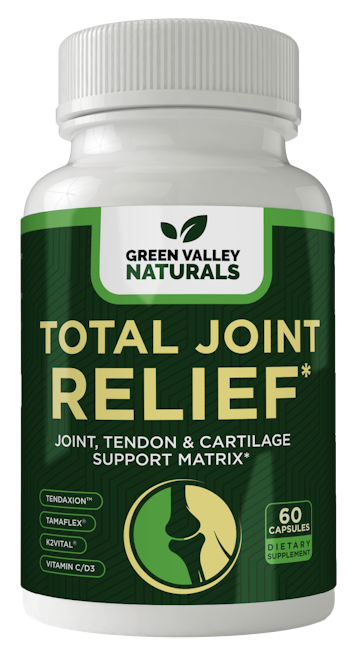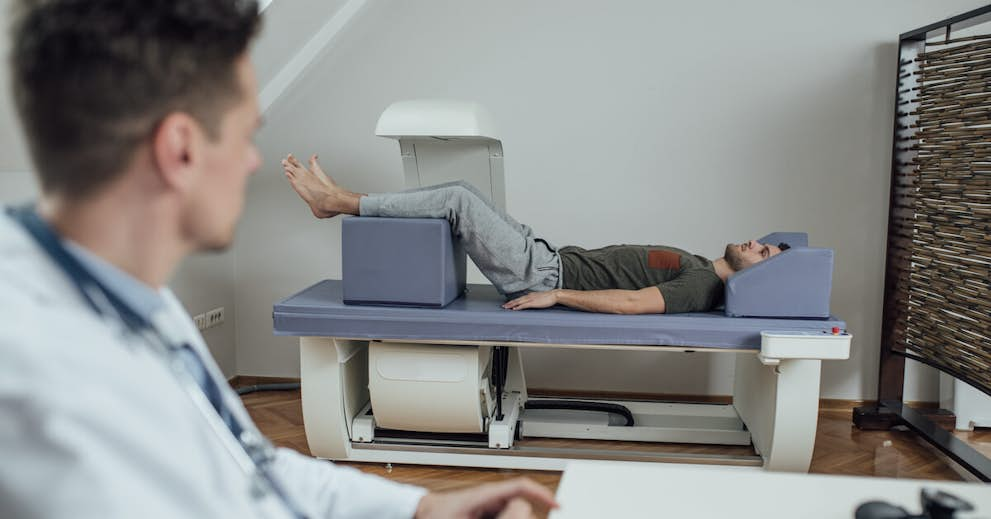
I’ve been a strong advocate of the idea that a little exercise is better than none at all. And I still am.
Even ten or fifteen minutes of walking per day is better than being completely sedentary. And if you can manage a half hour per day it will probably add years to your life.
If you're following Government guidelines by committing 150 minutes a week to moderate-intensity exercise, congratulations! You're doing far better than most adult Americans.
Trouble is, it may not be enough. Here’s why. . .
When I say 150 minutes a week – basically a half hour a day – may not be enough, I’m talking about people like myself who spend almost all the rest of the time sitting.
Sitting kills. Even if you’re a good Scout and exercise a little.
I can tell you for sure, this is discouraging news for me.
You see, it's not just about the amount of exercise you do, it's about the hours you spend not moving.
Increases the Risk of Death From any Cause
Sitting uninterrupted for much of the time is a known risk factor for chronic disease. Experts now define this as a separate, independent risk factor from insufficient physical activity.
The point may seem kind of obscure, so let me repeat it: We now have to pay attention to two distinct risk factors: (1) the amount of exercise we do; (2) what we’re doing the rest of the time, especially if it’s sitting.
A decade ago, a study found the more time people spend sitting, the higher the risk of cardiovascular disease and death from any cause, no matter how much of their leisure time was spent being physically active.
Harvard scientists confirmed this four years later when they analyzed data on 71,000 women. They found prolonged sitting increased the risk of heart disease regardless of the number of hours devoted to exercise.
Canadian Group Saw the Same Thing
In 2015, a Canadian research group, reviewing 47 studies, likewise found prolonged sedentary time was independently associated with poor health outcomes even for those who exercised regularly.
Earlier this year a study published in the American Journal of Cardiology found that "a prolonged bout of uninterrupted sitting, negatively impacts markers of peripheral and central vascular health in relatively healthy adults."
The research is clear. Even people who are very active are not protected from health problems if they also engage in long periods when they are not moving their bodies.
People Don’t Realize this is a Problem
In a recent study, researchers from Deakin University in Melbourne, Australia wondered whether people were aware of the dangers of prolonged sitting, so they asked 222 office workers and 121 managers about their beliefs concerning physical activity and sedentary behavior.
The researchers found these folks did not think prolonged sitting at work was too harmful as long as they compensated for it outside the working day.
The respondents also believed being sedentary mostly affected bones and muscles, not the heart and circulatory system.
Even if they took part in physical activity during the day, these office workers saw this as being less beneficial than doing it on their own time, and they also believed moderate to vigorous activity in the office was more hazardous and harder than similar activity outside working hours. I’m not sure why they thought so, but that’s what the survey indicated.
The study authors referred to people who are physically inactive at work but exercise on their own time as "active couch potatoes."
That may become a new catch-phrase, if the public learns more about this new exercise dilemma.
How to Fit in More Activity
Dr. Alexander Mussap, who led the research, said, “There is a common yet incorrect belief that prolonged workplace sitting is not problematic if a person is physically active during their recreational time.
“The best approach to tackling this issue is the combination of health education about the risks of workplace sitting along with practical strategies for reducing or interrupting workplace sitting.
"This can be as easy as installing timed alerts or sending automated emails to remind people to move around, providing sit-stand workstations that allow workers to adjust their posture throughout the workday and organizing fun group breaks where people are invited to stand up and stretch or even dance around.”
Most of the people in my office now have a standing desk (you can adjust it to work while sitting or standing). We love ‘em.
The authors of the Canadian study I mentioned earlier suggest standing or moving around for one to three minutes every half hour while at work
Dr. I-Min Lee, a professor of medicine at Harvard Medical School, mentions another tip. “There are lots of apps you can use on your phone or computer that will sound an alarm to remind you.”
And don't forget to move when you’re at home. Stand up or exercise during TV commercials. Stand when you talk on the phone.
“The key," said Dr. Lee, "is to make these things habits that you do without thinking about, like brushing your teeth.”
- https://www.ncbi.nlm.nih.gov/pmc/articles/PMC3676694/
- https://www.ncbi.nlm.nih.gov/pubmed/30409414
- https://www.ncbi.nlm.nih.gov/pubmed/25599350
- https://academic.oup.com/occmed/article-abstract/68/9/631/5159618?redirectedFrom=fulltext
- https://www.personneltoday.com/hr/standing-up-to-sedentary-working/
- https://www.health.harvard.edu/blog/much-sitting-linked-heart-disease-diabetes-premature-death-201501227618



